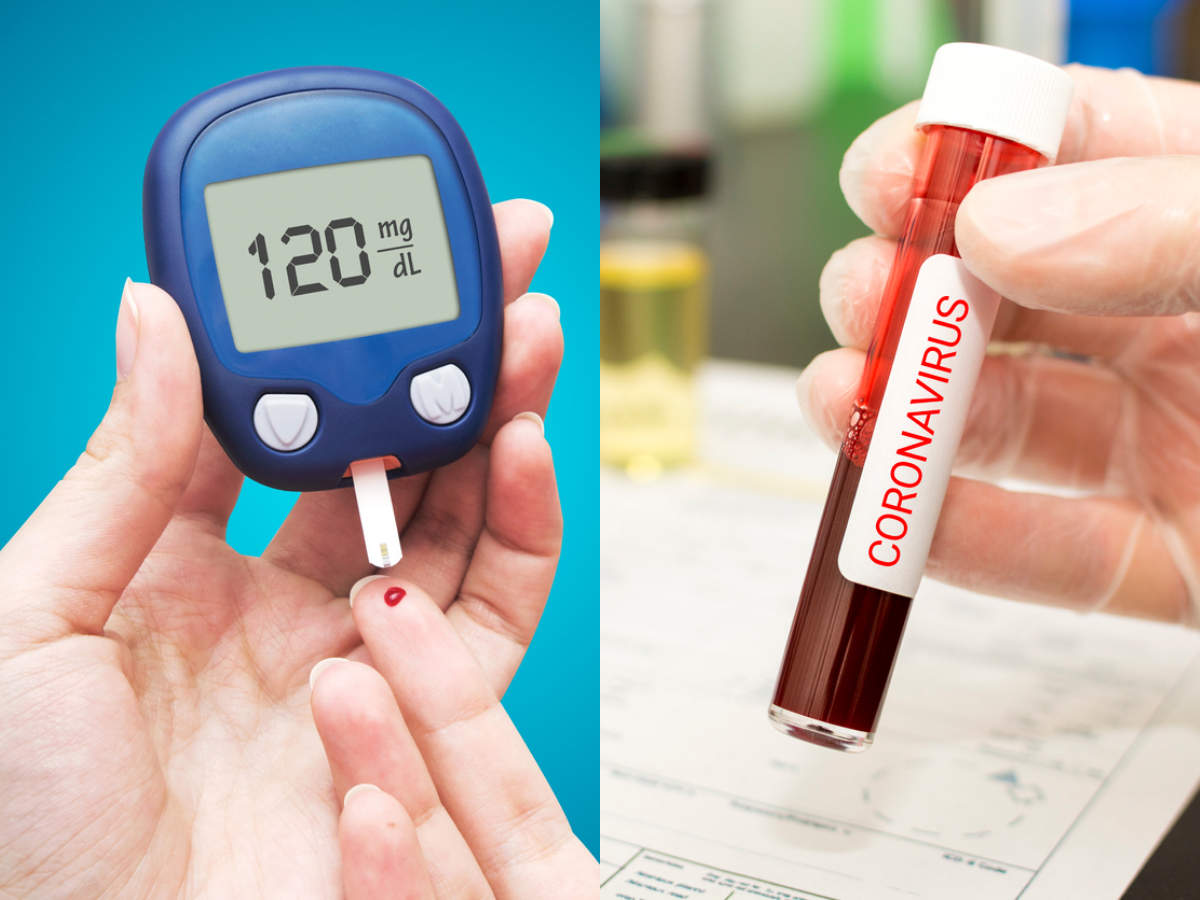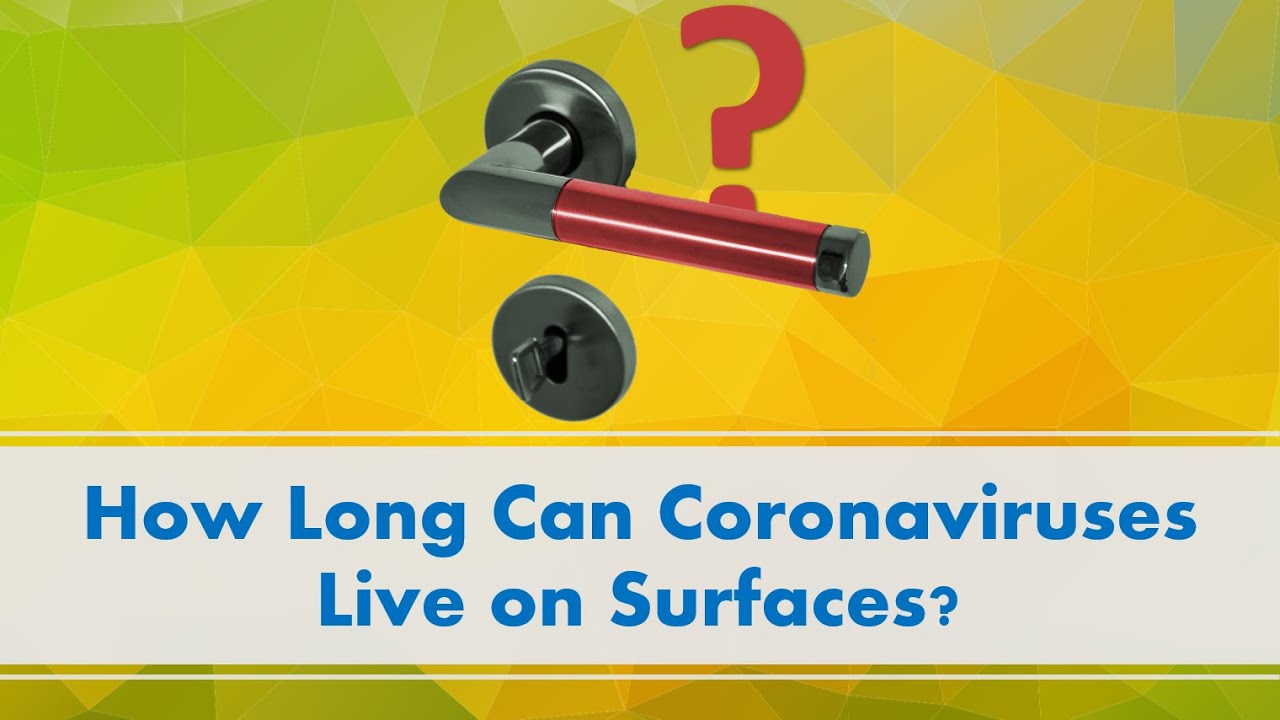Community
How ‘Silent Spreaders’ May Be Infecting Others
Is it possible to be infected with the coronavirus and show no symptoms? Or go through a period of several days before symptoms kick in? And even in this stage with no cough, no fever, no sign of illness, could you be transmitting the virus to others?
SUMMARY: 60 SECOND READ
Silent spreaders can be divided into three categories: asymptomatic, presymptomatic and very mildly symptomatic
- Asymptomatic People who carry the active virus in their body but never develop any symptoms are called asymptomatic.
- Presymptomatic People who have been infected and are incubating the virus but don't yet show symptoms are called presymptomatic.
- Very mildly symptomatic People who feel a little unwell from a COVID-19 infection but continue to come in close contact with others are known to be mildly symptomatic.
What we don't know yet Are asymptomatic and presymptomatic cases responsible for a lot of transmission? Even though there is still much to learn about silent spreading, don't wait for symptoms to protect those around you because there's mounting evidence that a person with the coronavirus could look and feel as healthy as ever but still be spreading it to others.

But there are wide gaps in our understanding of how many people fit this category of "silent spreaders" — as they're called by some public health researchers — and how much they contribute to transmission of the disease.
Silent spreaders can be divided into three categories: asymptomatic, presymptomatic and very mildly symptomatic. Here's what we know about these variations.
Asymptomatic:
People who carry the active virus in their body but never develop any symptoms are called asymptomatic.
As you might imagine, it's hard to figure out when someone has a disease but shows no signs of it. Some cases of asymptomatic carriers have been confirmed by finding and testing people who were in close contact with COVID-19 patients. For those who tested positive without symptoms, follow-up exams confirmed that about 25% continued to show no signs, World Health Organization officials said on April 1, citing data from China.
No one can truly determine the impact of asymptomatic cases on spread until there's more testing. But so far, they have made up a sliver of the total number of people who've tested positive. And the affected individuals seem to skew young. A small clinical study from Nanjing, China, followed 24 people who tested positive but didn't show overt symptoms at the time. In the one to three weeks after diagnosis, seven continued showing no symptoms. Their median age was 14.
Summary- A person may not show any regular symptoms but might still be infected and spread the corona virus unknowingly.
Presymptomatic:
People who have been infected and are incubating the virus but don't yet show symptoms are called presymptomatic.
After infection, symptoms might not develop for five to six days — or even two weeks. The time between catching the virus and showing symptoms is called the presymptomatic phase.
How do these individuals figure into transmission?
People appear to be most infectious right around the time when symptoms start, said Maria Van Kerkhove, technical lead for the WHO's Health Emergencies Programme, at an April 1 news conference. However, "we do have evidence, from testing and modeling studies, that suggest people who are presymptomatic can definitely transmit this virus," says Smith, the epidemiologist, most likely in the one to three days before they start showing symptoms, according to the WHO.
Summary- So far, presymptomatic is a much more common category than asymptomatic. About 75% of people who test positive without showing symptoms turn out to be presymptomatic, displaying coughing, fatigue, fever and other signs of COVID-19 in a later follow-up exam.
Very mildly symptomatic:
People who feel a little unwell from a COVID-19 infection but continue to come in close contact with others are known to be mildly symptomatic.
"We're very lucky that this isn't a severe infection for everyone, but because of that, some people feel a little sick and power through," says Seema Lakdawala, a flu researcher at the University of Pittsburgh.
But people who continue to frequent communal and public places with a light cough or mild fever may unwittingly spread the disease in the early days of symptom onset — the time they're thought to be most infectious.
Summary- Even when a person's own symptoms remain mild, they may still infect others severly.
What we don't yet know
How many people are mingling in the population without knowing they've been infected with the coronavirus?
Are asymptomatic and presymptomatic cases responsible for a lot of transmission?
A modeling paper in Science suggests that in China before the lockdown, undiscovered cases — mainly people with "mild, limited or no symptoms" — were less infectious than known cases but were still possibly responsible for 79% of transmission, because so many of them continued to congregate or travel while contagious. Other papers from Singapore and China suggest that presymptomatic cases account for 6% to 13% of transmission.
To start answering these questions about spread we really need more testing and more follow-up.
Summary- Even though there is still much to learn about silent spreading, the concerns about this mode of transmission give more weight to the advice we've been hearing all along: Keep a 6-foot distance from others, wash hands often and wipe down surfaces. Don't wait for symptoms to protect those around you because there's mounting evidence that a person with the coronavirus could look and feel as healthy as ever but still be spreading it to others.
Reference:
- https://www.ncbi.nlm.nih.gov/labs/gquery/research-news/9346/
- https://hms.harvard.edu/news/silent-spreaders








































































































